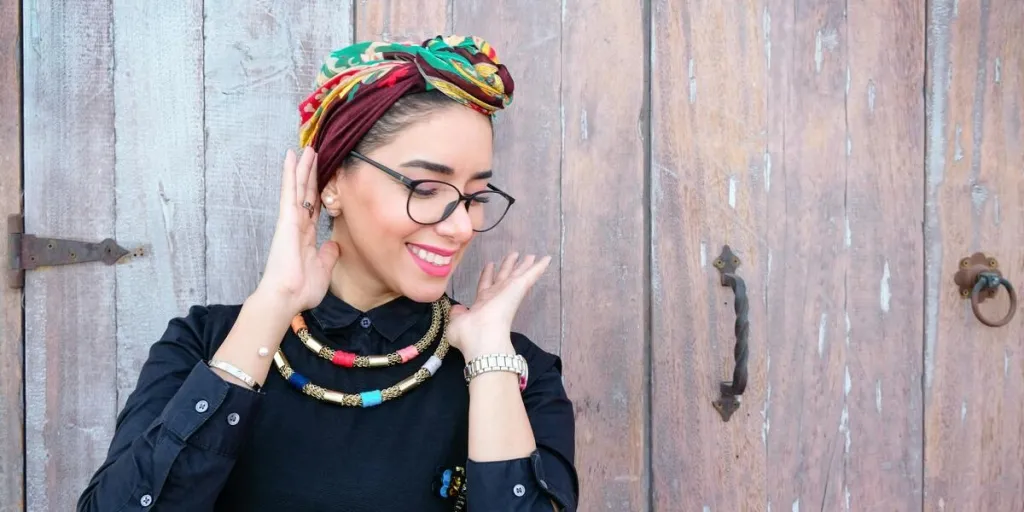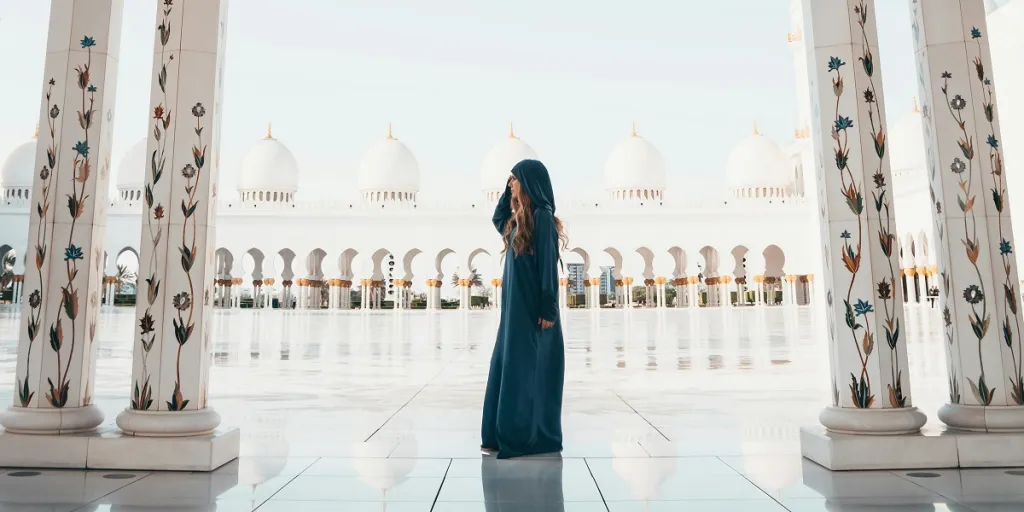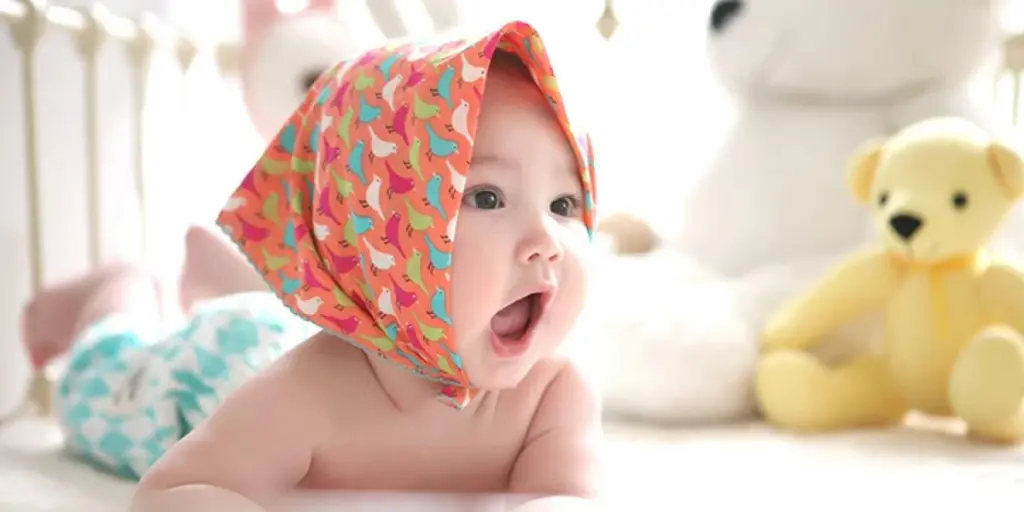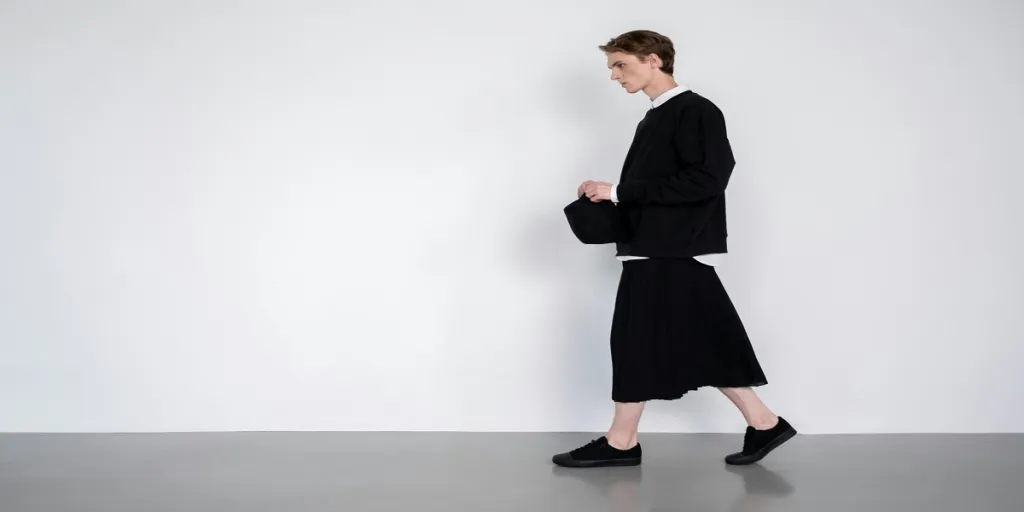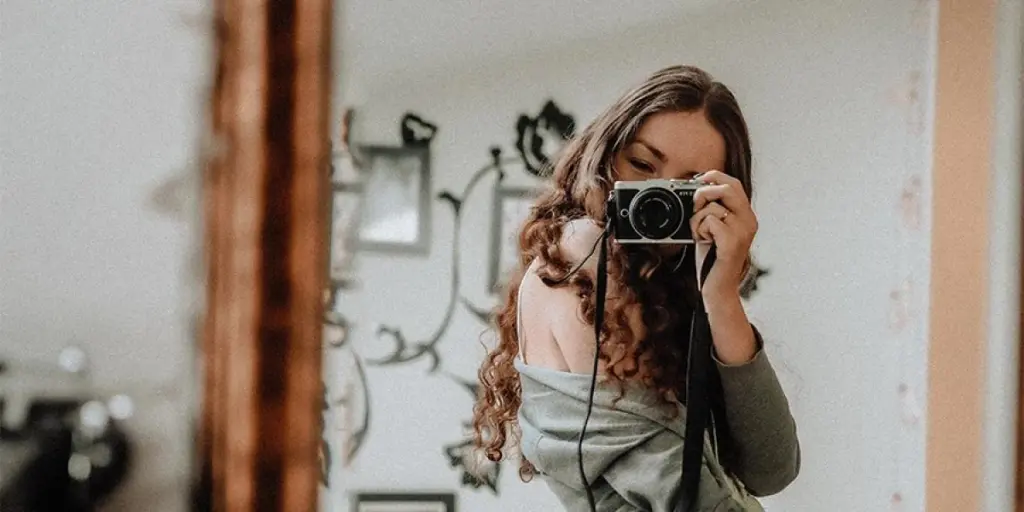Most people wear hair scarves as a key fashion item to add variety and style to their outfits. Their rising popularity in recent years shows in the market’s quick growth. The global head scarves market made about USD 176.4 million in 2023. Experts project that this number will grow to USD 375.5 million by 2030, increasing by 6.7% each year. This growth points to good business opportunities in this field.
If you run a clothing brand, you need to know how to display hair scarves well to make products more appealing and attract buyers. This article looks at the different types of hair scarves on the market, and it guides buyers through the process of picking the best options. It also offers useful styling ideas to make them more attractive for your buyers in 2025.
Table of Contents
Types of scarves
How to choose the perfect hair scarf
Tips for wearing a hair scarf in style
Conclusion
Types of scarves
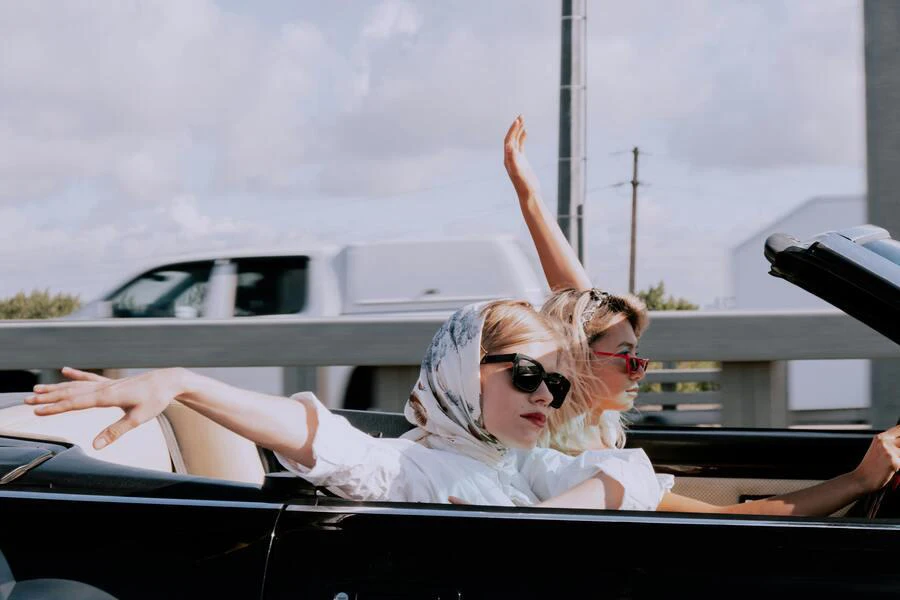
Customers have many options when it comes to head scarves. The most common ones include:
Silk scarves
Silk scarves give off a luxurious and classy vibe. They are a great fit for high-end fashion lines. Their smooth feel and shine add a touch of class to any outfit, which works well for fancy and upscale events.
Bandanas
Bandanas are trendy, casual hair scarves that appeal to a younger, more relaxed audience. If this is your target customer base, you can advise them to wear them for street style and everyday wear. Bandanas give you a chance to catch the eye of shoppers who want to stay on top of the latest fashion crazes.
Cotton and linen scarves
Cotton and linen scarves are practical and comfortable. They appeal to those customers seeking everyday wear options. These materials are breathable and suitable for many purposes, making them ideal for casual outfits and a wide range of customers. If your store stocks these scarves in neutral and earth-like colors, you can draw in shoppers who want useful yet trendy accessories.
Printed scarves
Printed scarves bring a lively feel to any set of clothes. They cater to customers who want to stand out and show their own style through different patterns, colors, and designs.
How to choose the perfect hair scarf
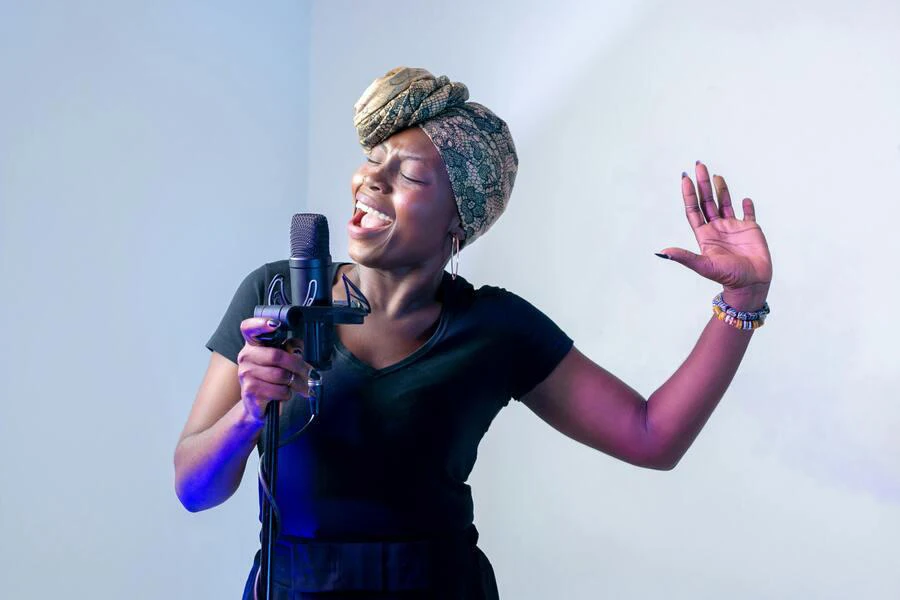
Hair scarves work great for any occasion. But, paying attention to some factors like color and design can help bring back memories or set different moods. As a business owner, it is important to stock hair scarves that match your customers’ individual styles and preferences.
Here are some tips to help select different hair scarves for end-user customers:
Shape
The shape of a scarf, whether square, rectangle, or triangular, influences how you can wear it. Offering multiple shapes lets customers pick scarves for different styles, from simple headbands to full hair wraps.
Size
Size is key when it comes to versatility. One can style larger scarves in multiple ways, while smaller ones are perfect for adding little touches to an outfit. A mix of sizes in your product range ensures every customer can find a scarf that suits their styling preferences.
Fabric
The fabric of a scarf impacts its appearance, comfort, and functionality. For example, silk offers a luxurious feel, while cotton and linen are more practical for everyday wear. A diverse selection of fabrics can cater to different customer needs, from high-end fashion to casual looks.
Hairstyle
Different hairstyles call for different types of scarves. For example, people with long hair might need bigger scarves to create complex looks, while those with short hair could find smaller pieces easier to work with. You should give tips on how to pair scarves with hairstyles to help shoppers make better choices when buying.
Occasion
Scarf selection often depends on the occasion. Formal events might call for silk or satin scarves, while casual outings could be perfect for cotton or bandanas. Fashion businesses make shopping easier and leave customers more satisfied when they categorize scarves by occasion.
Tips for wearing a hair scarf in style

Style tips help customers learn and get excited to experiment with new looks, making them more likely to buy again.
Here are some popular styles you can tell your customers about:
Vintage street wrap
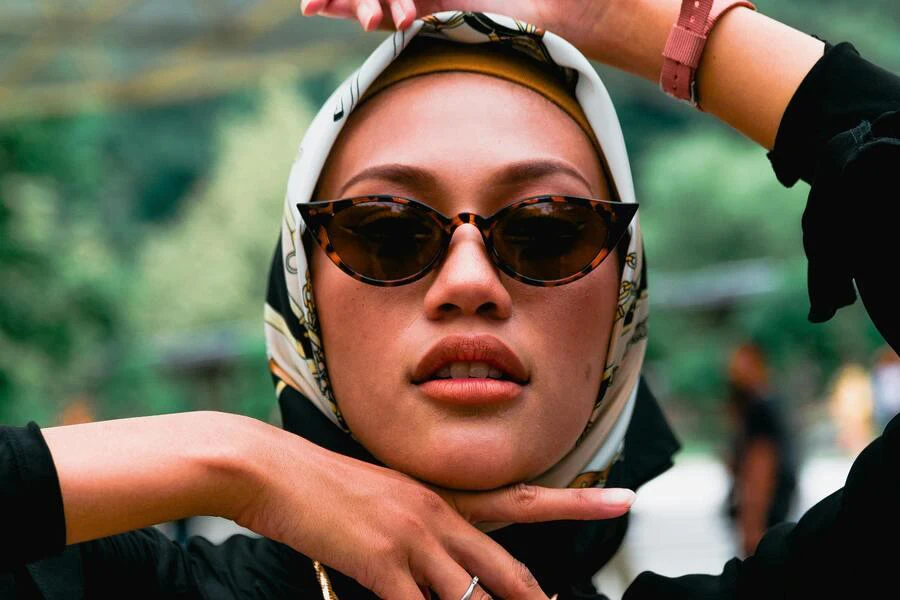
The vintage street wrap pays tribute to timeless fashion, giving you a trendy way to express yourself. You can create an old-school look by folding the scarf into a slim strip, wrapping it around your head, and securing it with a knot at the back. Let the loose ends hang to get a laid-back, retro vibe. This look brings a touch of nostalgia to current outfits, mixing vintage appeal with today’s fashion trends.
Encourage customers to pair this style with retro outfits or modern streetwear for a balanced, trendy, and timeless look.
Cute pony tie
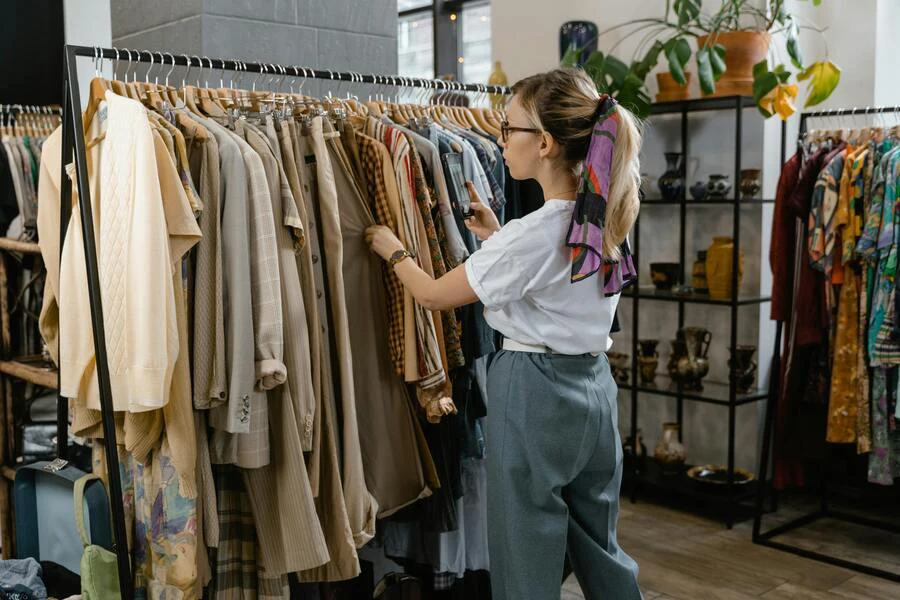
A basic yet stylish way to use a scarf, the cute pony tie adds a touch of flair to everyday clothes. This style works with casual and office wear, making it a useful addition to any closet.
To style a scarf with a ponytail, fold it into a long strip, then wrap it around the base of the ponytail, tying it in a bow or knot. This look adds a playful and stylish element to everyday hairstyles.
Braid wrap
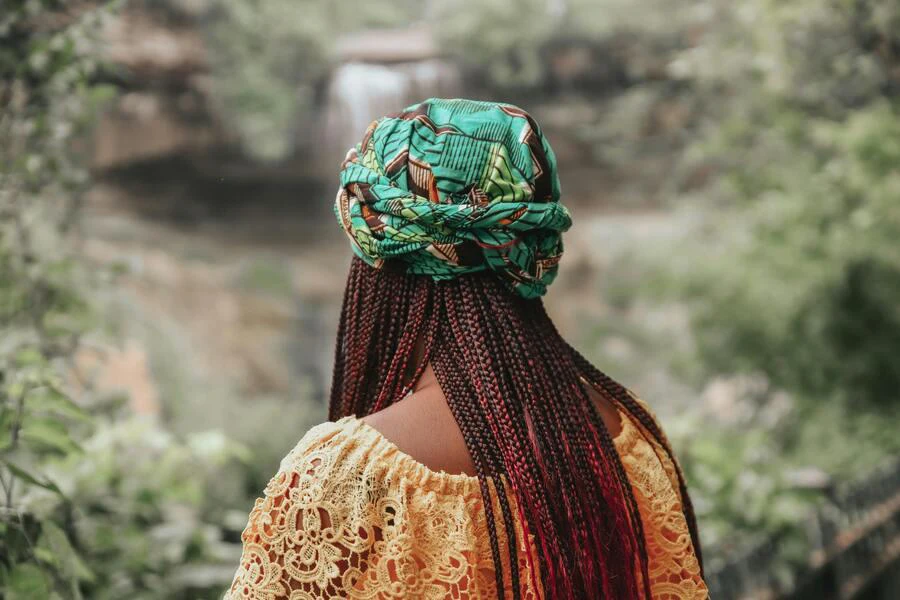
This technique involves using the headscarf to wrap the braids. It makes the braids look better and provides a protective layer against elements like dust.
Boho bandana
The boho bandana suits customers who enjoy a laid-back, carefree style. People often choose it for festivals, trips to the beach, and easygoing weekend clothes. Market this look as a must-have for fans of boho-chic fashion.
Fold the scarf diagonally into a triangle, then tie the ends at the back of your neck, allowing the triangle to hang loosely. This look works great if you have short hair or need a quick way to cover up.
Messy bun accent

A messy bun accent has become a popular choice for those seeking a fashionable yet relaxed appearance. Begin by folding the scarf into a narrow strip, then wrap it around the bun and tie it. Allow the ends to hang to create a casual, stylish look. This hairstyle works well for laid-back days when customers wish to appear chic without much effort. Promote this style as a simple and quick way to add a personal touch to any outfit.
Lowrise bun
The lowrise bun wrap brings class to formal and semi-formal outfits. Begin by setting the scarf at the bottom of the bun, then coil it around and fasten it with a knot or bow. This look attracts buyers seeking a classy yet easy way to upgrade their hair for special events.
Pair the scarf with accessories
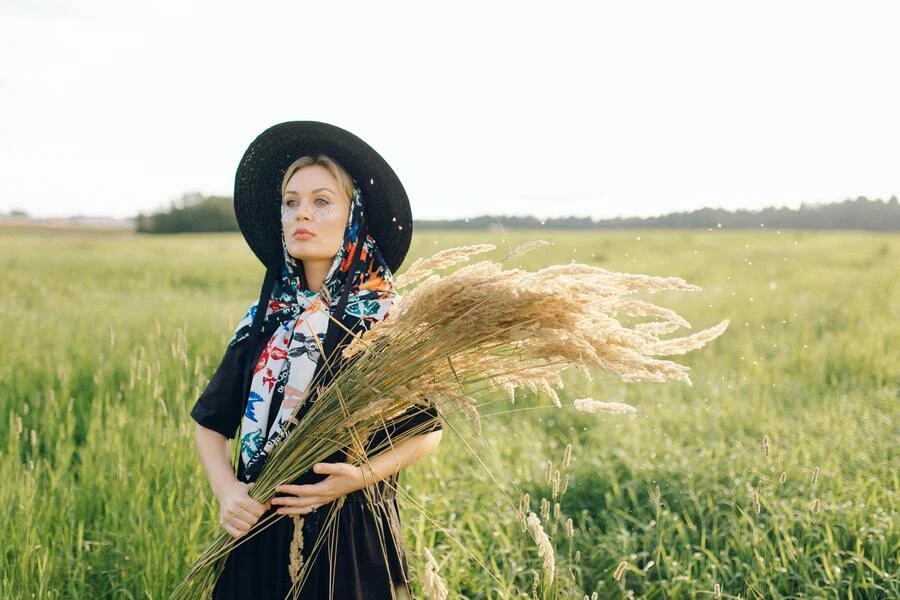
Matching hair scarves with other accessories can result in a complete, polished look that catches the eye of style-conscious shoppers. These might include earrings, hats, and necklaces. Companies should urge customers to try out different combinations to discover their own unique flair. This approach can boost sales, which helps the brand’s financial growth and performance.
Conclusion
Hair scarves are adaptable accessories that can boost any fashion collection. Companies can meet different customer tastes and occasions by offering numerous styles, fabrics, and patterns. Giving styling advice and matching ideas can get customers more involved, pushing them to try new ways to wear hair scarves and making them more likely to buy again.
For fashion brands, adding hair scarves to their product line isn’t just following a trend—it’s a chance to inspire and build a stronger bond with customers.
